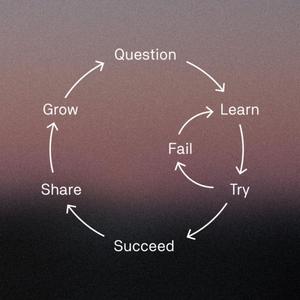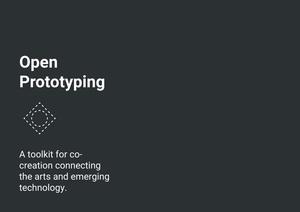
It’s good practice to set the size of the gutter the same
as the leading of the body copy
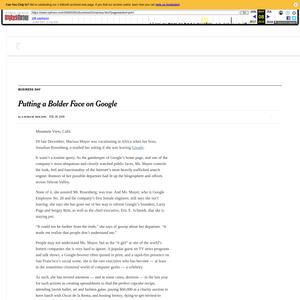

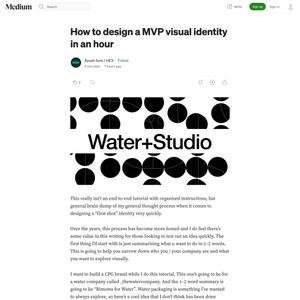
come up with four variations on how the solve the particular, small-scale problem
11 months ago
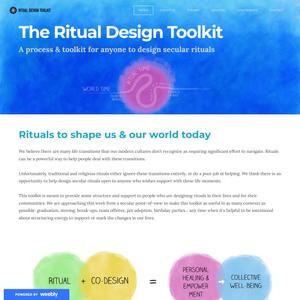
before you get too deep into the process of building, you should write out a short list of product design principles. The more unique and definitive your values are, the more useful they’ll be as a decision making tool later on.

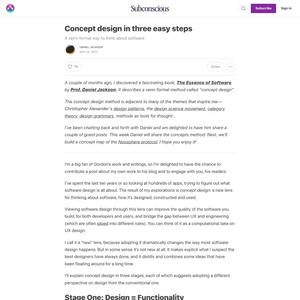
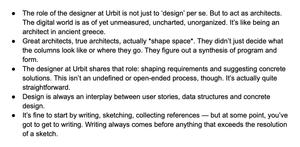
In the beginning of a new activity, there should be a period of
exploration. The goal is to try out many possibilities, research a broad range of ideas, and cast a wide net.
After this initial period of exploration, shift your focus to the best solution you’ve found—but keep experimenting occasionally. The proper balance depends on whether you’re winning or losing. If you are currently winning, you exploit, exploit, exploit. If you are currently losing, you continue to explore, explore, explore.
In the long-run it is probably most effective to work on the strategy that seems to deliver the best results about 80 to 90 percent of the time and keep exploring with the remaining 10 to 20 percent. The balance also depends on how much time you have.
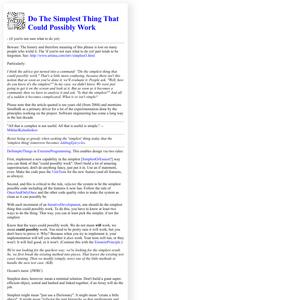
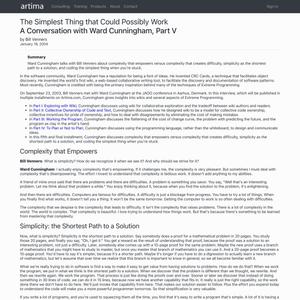
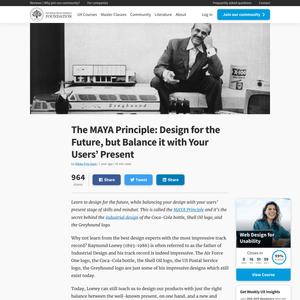
Philip Ross carried out design workshops where design teams created candy vending machines based on different ethical stances including Confucianism, Kantian rationalism, vitalism, romanticism, and Nietzschean ethics. The workshop revealed that an ethical stance could drive design inspiration, and it revealed many aspects of Kantian rationalism embedded in the machines people interacted with everyday.
YAGNI (you ain’t gonna need it)

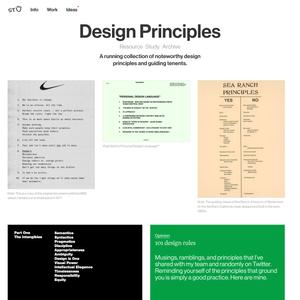
almost 3 years ago

